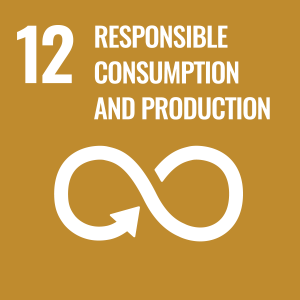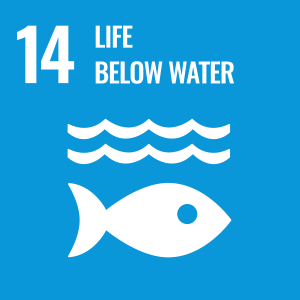Biological molecules



All life on Earth shares a common chemistry. Despite their great variety, the cells of all living organisms contain only a few groups of carbon-based compounds that interact in similar ways. This topic explores the chemistry that links all living things, looking in detail at carbohydrates, proteins, lipids, DNA, ATP and water. Assessment is via mid point and end of topic assessments using past exam questions.
Cells



All life on Earth exists as cells. These have basic features in common. Differences between cells are due to the addition of extra features.This topic builds on GCSE cell knowledge by detailing a number of extra organelles, the exact structure of the cell membrane and how cells communicate with each other. The second half of the topic explores the complexity of the human immune response to infection. Assessment is via mid point and end of topic assessments using past exam questions.
Organisms exchange substances with their environment



The internal environment of a cell or organism is different from its external environment. The exchange of substances between the internal and external environments takes place at exchange surfaces. This topic explores exchange surfaces and the process of diffusion in a range of organisms from insects to humans, amoeba to trees. Assessment is via mid point and end of topic assessments using past exam questions.
Genetic information, variation and relationships between organisms
Biological diversity – biodiversity – is reflected in the vast number of species of organisms. Differences between species reflect genetic differences. Differences between individuals within a species could be the result of genetic factors, of environmental factors, or a combination of both.This topic explores DNA, protein synthesis, meiosis, adaptations, biodiversity and selection. Assessment is via mid point and end of topic assessments using past exam questions.



